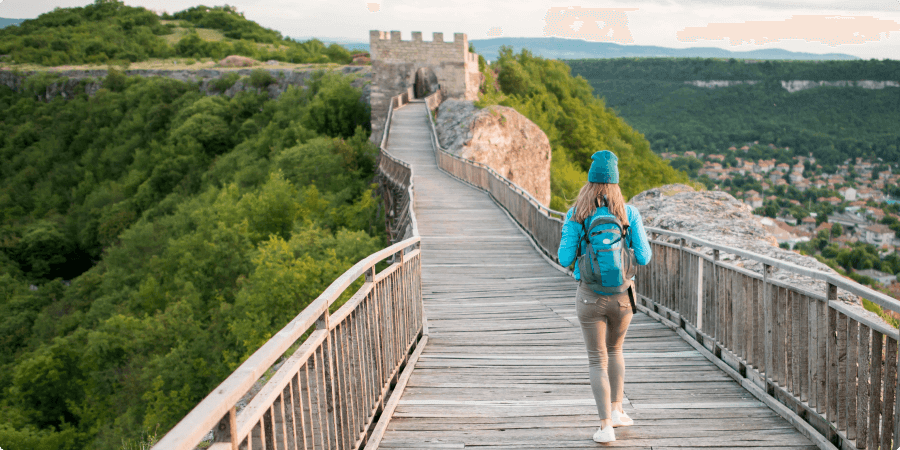- Coastal Resilience Rises: Ghana’s latest news in ghana showcases innovative strategies for sustainable growth and empowered local livelihoods.
- Understanding the Threat: Coastal Erosion and its Impact
- Innovative Coastal Defence Mechanisms
- Community Empowerment and Local Livelihoods
- Financial Mechanisms and Investment Strategies
- The Role of Technology and Research
Coastal Resilience Rises: Ghana’s latest news in ghana showcases innovative strategies for sustainable growth and empowered local livelihoods.
Ghana is experiencing a significant shift in its coastal management strategies, responding to the escalating challenges of climate change and its impact on vulnerable communities. The latest news in ghana highlights government initiatives, community-led projects, and international collaborations focused on building resilience along the nation’s extensive coastline. These efforts are not merely about physical defenses against rising sea levels and erosion, but also about empowering local livelihoods and fostering sustainable economic growth. Understanding these developments is crucial for anyone invested in sustainable development, environmental protection, and the future of coastal regions.
The need for these proactive measures stems from the increasingly visible effects of climate change. Coastal erosion, flooding, and saltwater intrusion are threatening farmlands, infrastructure, and the very homes of coastal residents. This impacts fishing industries, agriculture, and tourism – all key sectors of the Ghanaian economy. The situation demands innovative and holistic approaches.
This article will delve into the key strategies Ghana is employing, the successes and challenges encountered, and the future outlook for coastal resilience. We will explore the integration of traditional ecological knowledge with modern scientific advancements, the role of community participation, and the financial mechanisms driving these critical projects.
Understanding the Threat: Coastal Erosion and its Impact
Coastal erosion poses a severe threat to Ghana’s coastline, with significant portions experiencing rapid and alarming rates of land loss. This is exacerbated by a combination of natural factors, such as wave action and storm surges, and human activities, including sand mining and unsustainable coastal development. The consequence of this erosion is far-reaching, impacting not just physical infrastructure, but also the livelihoods of communities reliant on coastal resources. The economic cost of inaction is substantial, and requires immediate attention.
The impact isn’t solely economic. Displacement of communities, loss of cultural heritage sites, and damage to ecosystems are all significant consequences. Furthermore, saltwater intrusion contaminates freshwater sources, affecting agricultural productivity and access to potable water. This creates a cycle of vulnerability and necessitates integrated solutions that address both environmental and social concerns. The latest news in ghana emphasizes this interconnectedness.
Ghanaian scientists are meticulously monitoring these changes, collecting data on erosion rates, sea-level rise, and changes in coastal ecosystems. This data is informing the development of more effective adaptation strategies and targeted interventions. The government, recognizing the urgency, is investing in coastal protection infrastructure, but also prioritizing nature-based solutions that work with the environment, rather than against it.
Innovative Coastal Defence Mechanisms
Ghana is embracing a diverse range of coastal defence mechanisms, moving beyond traditional hard engineering solutions like seawalls, which can often have unintended consequences. A strong emphasis is being placed on ‘soft’ engineering approaches, such as mangrove restoration, beach nourishment, and dune stabilization. These methods are not only more environmentally friendly, but also provide additional benefits, such as creating habitats for marine life and enhancing coastal biodiversity.
Mangrove forests, for instance, act as natural buffers, protecting shorelines from erosion and storm surges while also serving as crucial nurseries for fish and shellfish. Beach nourishment involves replenishing eroded beaches with sand, creating a wider buffer zone to absorb wave energy. Dune stabilization uses vegetation to reinforce sand dunes, preventing them from being eroded by wind and waves.
Here’s a comparison of several approaches:
| Coastal Defence Mechanism | Cost | Environmental Impact | Effectiveness |
|---|---|---|---|
| Seawalls | High | Significant (can disrupt natural sediment transport) | High (in specific locations) |
| Mangrove Restoration | Moderate | Positive (enhances biodiversity) | Moderate to High (depending on local conditions) |
| Beach Nourishment | Moderate | Relatively Low (if sand source is sustainable) | Moderate (requires periodic replenishment) |
| Dune Stabilization | Low | Positive (restores natural habitats) | Moderate (requires ongoing maintenance) |
Community Empowerment and Local Livelihoods
A central tenet of Ghana’s coastal resilience strategy is community empowerment. Recognizing that local communities are the most directly affected by coastal erosion and climate change, the government is actively involving them in the planning and implementation of coastal protection projects. This participatory approach ensures that interventions are tailored to local needs and priorities, and fosters a sense of ownership and responsibility.
Furthermore, efforts are being made to diversify livelihoods and reduce dependence on vulnerable coastal resources. Skills training programs, access to microfinance, and support for sustainable alternative industries are helping coastal communities become more resilient to economic shocks. Fisheries management practices are also being reformed to ensure the long-term sustainability of fish stocks.
Here’s a list of vital community involvement strategies:
- Participatory coastal vulnerability assessments.
- Community-based mangrove restoration projects.
- Skills training in sustainable aquaculture and ecotourism.
- Establishment of community-based disaster preparedness committees.
Financial Mechanisms and Investment Strategies
Securing adequate funding is crucial for the long-term success of Ghana’s coastal resilience strategy. The government is leveraging a combination of domestic resources, international aid, and private sector investment to finance coastal protection projects. This includes accessing climate finance mechanisms, such as the Green Climate Fund, and developing innovative financing instruments, such as coastal bonds.
Attracting private sector investment requires creating a favorable investment climate, reducing regulatory barriers, and demonstrating the economic viability of coastal resilience projects. This often involves public-private partnerships, where the government provides enabling infrastructure and regulatory support, while the private sector contributes financial resources and technical expertise.
Key funding sources for Ghana’s coastal resilience projects:
- Government of Ghana budget allocation
- International development aid (World Bank, USAID, EU)
- Green Climate Fund (GCF)
- Private sector investment in coastal tourism and infrastructure
The Role of Technology and Research
Advanced technologies and ongoing research play a pivotal role in enhancing Ghana’s understanding of coastal dynamics and improving the effectiveness of resilience strategies. Remote sensing, GIS mapping, and hydrodynamic modeling are being used to monitor coastal erosion, predict storm surges, and assess the vulnerability of coastal infrastructure. This information is informing the development of more targeted and effective interventions.
Furthermore, research is being conducted on the potential of innovative technologies, such as bio-cementation (using bacteria to strengthen sand) and artificial reefs, to enhance coastal protection. Collaboration between Ghanaian researchers and international institutions is fostering knowledge sharing and capacity building. The latest news in ghana is showing the strong impact from scientific advancement.
Investing in early warning systems is also paramount. These systems utilize real-time data on sea levels, wave heights, and rainfall patterns to provide timely warnings to coastal communities, allowing them to prepare for impending storm surges and flooding. Improving data collection and analysis capabilities is key to enhancing the accuracy and reliability of these warnings.
Ghana’s commitment to building coastal resilience represents a significant step towards ensuring a sustainable future for its coastal communities. Through a combination of innovative engineering solutions, community empowerment, strategic financial investments, and cutting-edge research, the nation is demonstrating a proactive approach to tackling the challenges of climate change. While challenges remain, the progress made to date underscores the potential for building a more resilient and sustainable coastline for generations to come.








